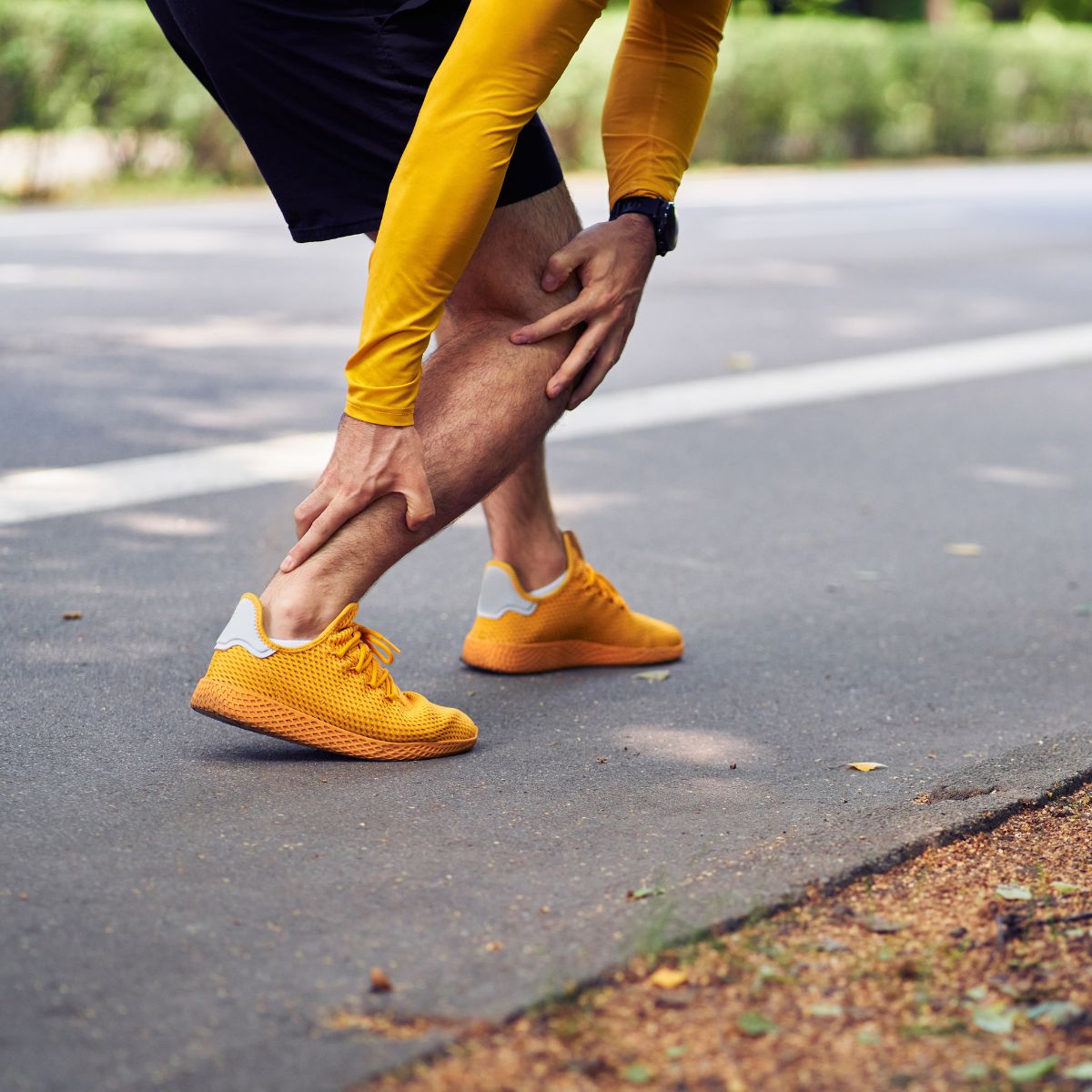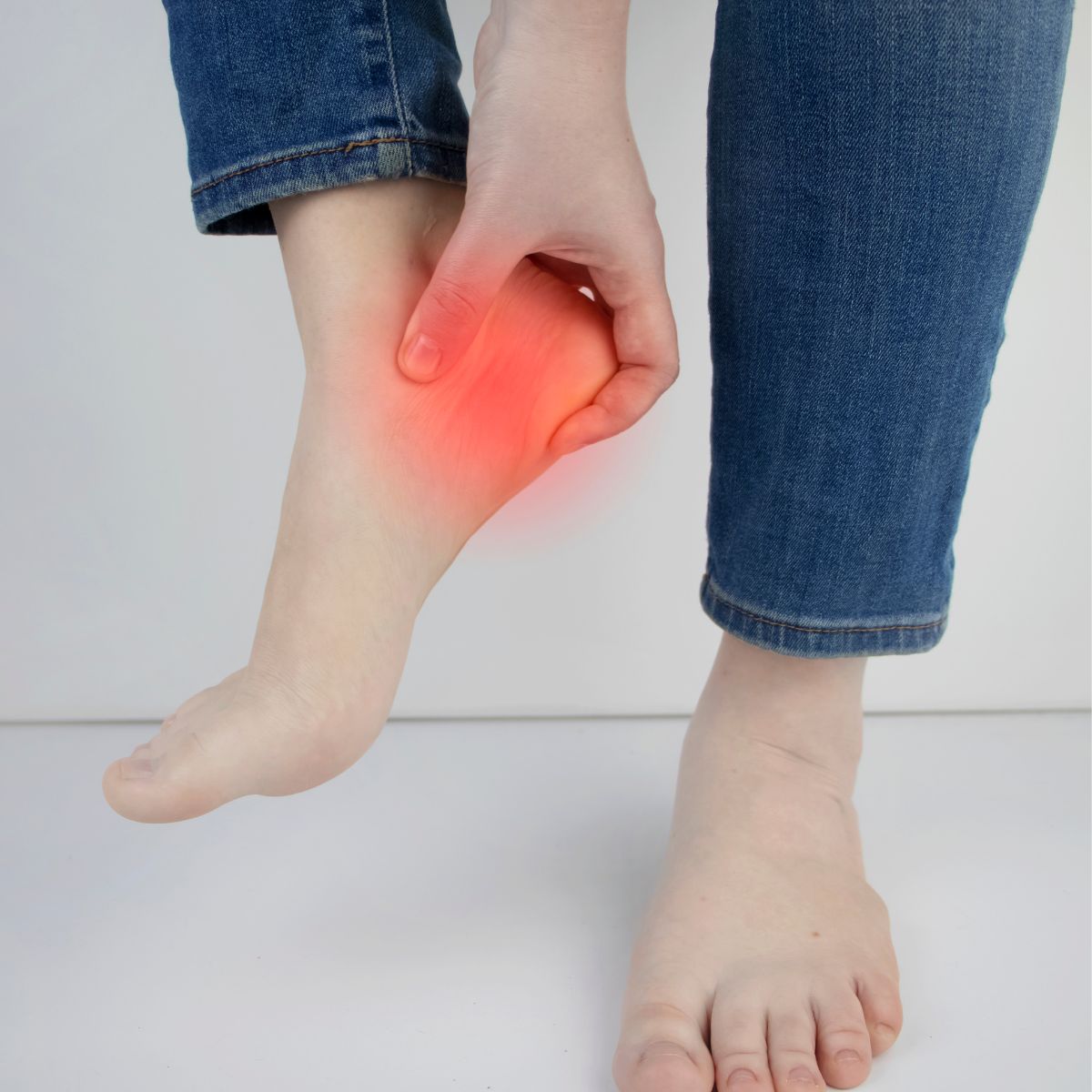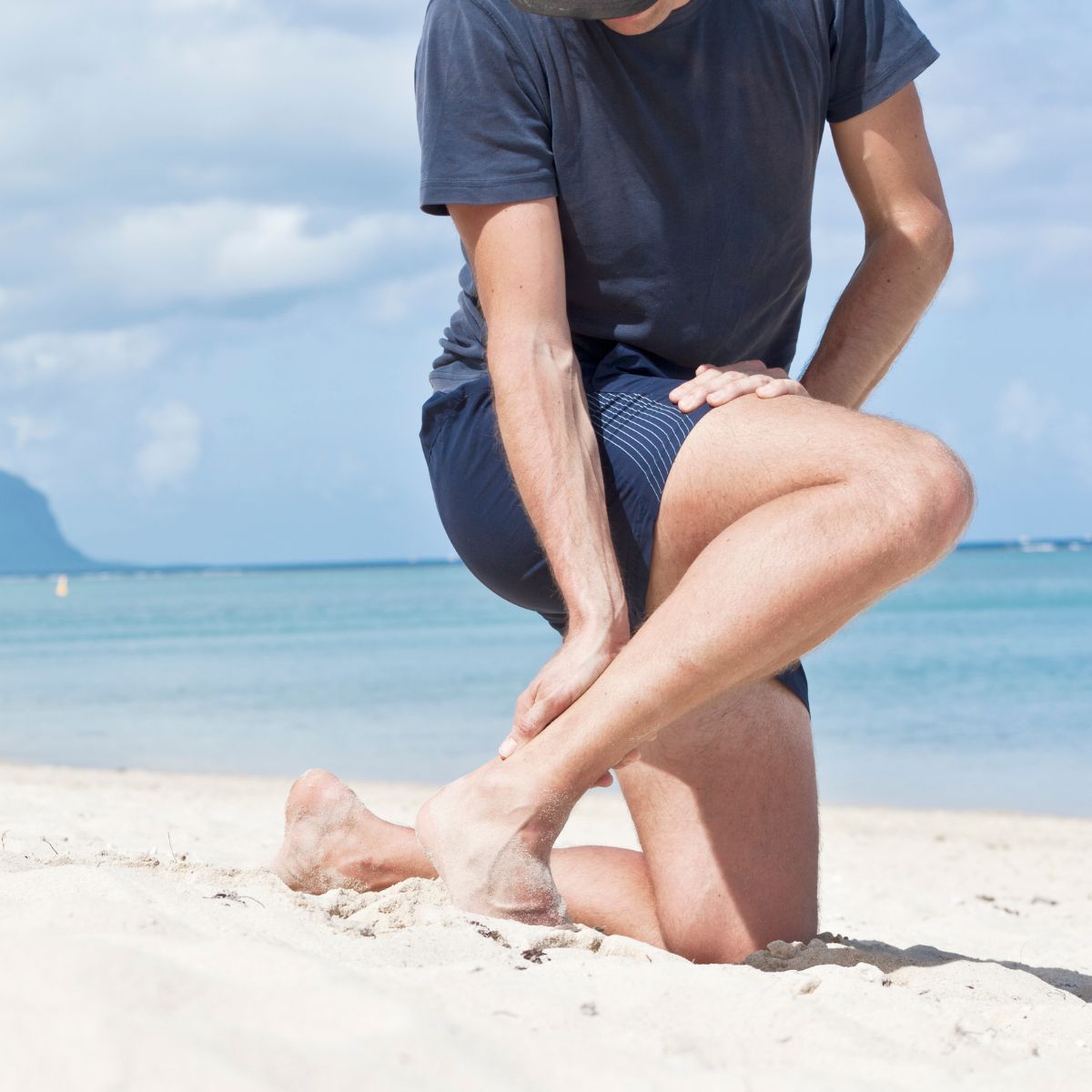You may have heard of Achilles tendon injuries, but did you know that there are different types of tears?
One such type is a partial Achilles tear, which can be a challenging condition to diagnose and effectively treat.
In this post, we will delve into the symptoms associated with this condition, the healing process, and the various treatment options available.
Key Takeaways
- Partial Achilles tears can be challenging to diagnose and treat effectively.
- Common symptoms of a partial Achilles tear include sudden, sharp pain and difficulty with certain activities.
- The healing process involves inflammation, knitting together of torn fibers, and rebuilding strength through rehabilitation exercises.
- Treatment options may include conservative measures such as using heel lifts, taping, massage therapy as well as physical therapy.
Partial Achilles Tears Explained
A partial Achilles tear can be a painful and debilitating injury that affects athletes and non-athletes alike.
The Achilles tendon, located at the back of the lower leg, plays a crucial role in walking, running, and jumping. An injury to this tendon can result in a partial or complete tear, leading to significant discomfort and limitations in mobility.
It occurs when the tendon is partially ruptured but not completely severed.
Athletes who engage in sports like basketball, soccer, and tennis are particularly susceptible to partial Achilles tears due to the repetitive stress placed on the tendon.
This condition can be a painful and limiting injury that requires prompt attention. That's why it's important to be aware of the symptoms and causes of this type of injury, especially if you engage in activities that place stress on the Achilles tendon. Let's dive into some.
Symptoms of Partial Achilles Tears
Symptoms of a partial Achilles tear can vary depending on the severity of the injury.
Sudden sharp pain

This is often the initial symptom, where the individual experiences a sudden, acute pain in the back of the leg, near the heel.
This pain might occur suddenly during physical activity or directly after an unusual or strenuous movement.
Swelling and tenderness
Following the injury, swelling often occurs around the affected area.
The Achilles tendon area may feel tender to the touch, and the swelling can make the tendon appear thicker or more prominent than usual.
Persistent pain that worsens with activity
While the initial sharp pain may decrease in intensity, persistent pain often continues and worsens with continued activity.
Any movement that strains the Achilles tendon can aggravate the pain.
Stiffness after periods of rest
Individuals may notice stiffness in the tendon area, particularly after waking up or after long periods of sitting.
This stiffness typically eases with gentle movement but can persist as a symptom of the injury.
Reduced functionality and instability

There might be a feeling of weakness or instability in the ankle joint, making it difficult to perform activities that require stable movements, such as running or jumping.
This can lead to a reduced range of motion and a hesitant or altered gait when walking.
With proper treatment and rehabilitation, individuals with partial Achilles tears can recover and regain their mobility.
Best Treatment Options for Partial Achilles Tears
When it comes to treating a partial Achilles tear, there are a number of treatment options to consider. Some of them include:
Physical therapy
Physical therapy is often a first-line treatment for partial Achilles tears.
This involves a program of exercises and stretches that aim to strengthen the surrounding muscles, improve flexibility, and gradually increase range of motion.
Physical therapy can help reduce pain, promote healing, and prevent further injury. A therapist will also provide guidance and support throughout the recovery process, ensuring proper technique and progression.
Massage therapy

Massage therapy is another treatment option that can help promote healing and improve flexibility.
A skilled masseuse can use various techniques such as deep tissue massage and myofascial release to target the specific area of the tear, reducing pain and inflammation. Massage therapy can also increase blood flow to the injured area, delivering necessary nutrients and oxygen to promote healing.
If the thought of a visiting a masseuse in pain feels like a other, you can incorporate the use of an effective home massage tool like a leg massager.
Incorporating specialized leg massager like the Fusion Air-C Pro, into your treatment plan for a partial Achilles tear can offer significant benefits in terms of pain relief and recovery acceleration.
This device is specially designed to enhance blood circulation in the legs, which is crucial for the healing and rehabilitation process of Achilles tendon injuries.
It applies targeted air pressure to the leg in a rhythmic pattern before releasing it.
This compression and release cycle helps to push stagnant fluid out of the affected area, bringing in fresh, nutrient-rich blood. Enhanced blood flow delivers essential nutrients and oxygen, which are necessary for tissue repair and recovery.
Orthotic devices like heel lifts
Orthotic devices can be beneficial for individuals suffering from partial Achilles tears.
These devices are specially designed to provide support and alleviate strain on the affected area. One popular orthotic option is a heel lift, which is placed inside the shoe to help elevate the heel and decrease tension on the Achilles tendon.
Another option is a walking boot, which provides both immobilization and protection to the injured area.
Stretching and strengthening exercises

Incorporating stretching and strengthening exercises into your recovery plan is equally important.
To start, gentle ankle stretches play a key role in promoting flexibility and preventing further injury. The standing calf stretch is a classic exercise that involves placing both hands on a wall while keeping one foot forward and the injured leg straight behind.
Slowly lean towards the wall, feeling the stretch in your calf and Achilles tendon. Hold for 30 seconds, repeating on each side for a total of three sets.
Additionally, focusing on strengthening exercises helps rebuild the injured area and prevent future tears. Eccentric heel drops are particularly effective for partial Achilles tears.
Stand on the edge of a step or a sturdy platform, allowing the heels to hang off. Slowly raise both feet by standing on tiptoes, and then lower one foot down, using only the injured leg.
Repeat this exercise for 15 repetitions, performing three sets daily.
Taping or bracing
Taping or bracing is often recommended for individuals with a partial Achilles tear.
These techniques can provide support to the injured area, reducing pain and promoting healing. Taping involves applying adhesive tape around the ankle, providing stability and preventing excessive movement. Bracing involves wearing a supportive device around the ankle, which restricts movement and provides a similar level of support.
Both methods can be effective in managing symptoms and allowing the Achilles tendon to heal properly.
Non-steroidal anti-inflammatory drugs (NSAIDs)
Non-Steroidal anti-inflammatory drugs (NSAIDs) have long been used as a treatment option for various musculoskeletal injuries, including partial Achilles tears.
These medications work by reducing inflammation and relieving pain, making them a popular choice for individuals seeking non-surgical treatment options.
In the case of a partial Achilles tear, NSAIDs can help alleviate pain associated with the injury. By blocking the production of certain chemicals in the body that cause inflammation, these drugs can help reduce swelling and promote healing.
Frequently Asked Questions
If you have recently been diagnosed with a partial Achilles tear, you likely have many questions. To help provide some clarity, here are a few answers to frequently asked questions regarding this condition.
What are the common causes of partial Achilles tears?
Partial Achilles tears usually occur as a result of sudden and forceful movements, such as jumping or sprinting, that put excessive strain on the tendon.
These injuries are frequently seen in athletes who engage in activities that require repetitive motions, such as running or basketball.
Age, improper warm-up, overuse, and wearing inappropriate footwear can also contribute to the risk of developing a partial Achilles tear.
How long does it take for a partial Achilles tear to heal?
The healing of a partial Achilles tear can take up to 12 weeks.
However, it's important to note that the tendon is still in the process of regaining its original strength even after the fibers have knitted back together.
Do partial Achilles tears heal overtime without treatment?
In some cases, partial Achilles tears can heal without the need for treatment.
However, this is not guaranteed. Without proper intervention, partial tears can worsen and lead to chronic pain and long-term issues.
Therefore, it is crucial to get better if you suspect a partial Achilles tear.
How can one prevent the occurrence of partial Achilles tears?
Prevention plays a key role in minimizing the risk of partial Achilles tears. Some preventive measures you can take include warming up properly before engaging in physical activities that involve the calf muscles.
This helps prepare the muscles and tendons for the demands of the activity.
You can also gradually increase the intensity and duration of your workouts or sports activities. Just ensure to avoid sudden spikes in activity, as this can put excessive strain on the Achilles tendon.
Also try to Incorporate regular stretching and strengthening exercises into your routine. Focus on exercises that target the calf muscles and Achilles tendon to improve their flexibility and strength.
Finally, make use of appropriate footwear that provides adequate support and cushioning for the feet and ankles. This can help reduce the impact on the Achilles tendon during physical activities.
Conclusion
Living with partial Achilles tears can be challenging, but with proper treatment, rehabilitation, and support, you can recover and regain your mobility.
Partial Achilles tears can cause sudden, sharp pain and require prompt diagnosis and treatment.
The healing process involves inflammation, the knitting together of torn fibers, and rebuilding strength through rehabilitation exercises. Physiotherapy and massage therapy plays a crucial role in assisting with recovery, providing convenient options for relief.
By following these treatment approaches, individuals can successfully recover from partial Achilles tears and enjoy a better quality of life.




